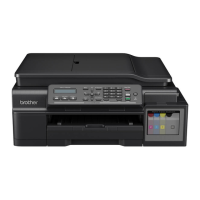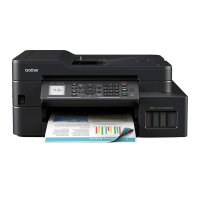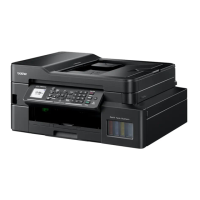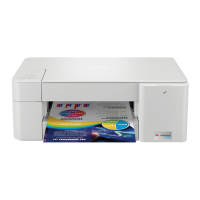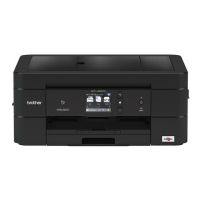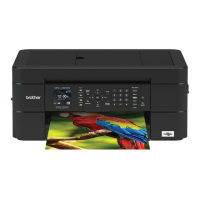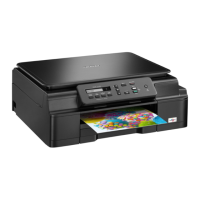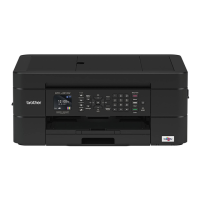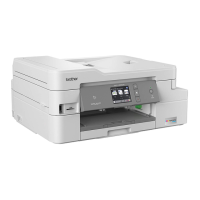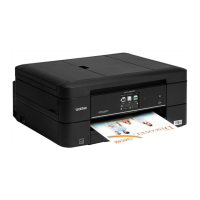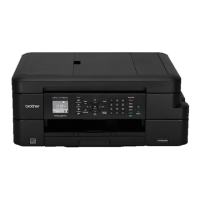Home > Scan > Scan Using the Scan Button on Your Brother Machine > Web Services for Scanning on
Your Network (Windows 7, Windows 8 and Windows 10) > Use Web Services to Install Drivers Used for
Scanning (Windows 7, Windows 8, and Windows 10)
Use Web Services to Install Drivers Used for Scanning (Windows 7,
Windows 8, and Windows 10)
Use Web Services to monitor printers on the network.
• Make sure you have installed the Brother software and drivers.
• Verify that the host computer and the Brother machine are on the same subnet, or that the router is
correctly configured to pass data between the two devices.
• You must configure the IP address on your Brother machine before you configure this setting.
1. Do one of the following:
• Windows 7
Click
(Start) > Control Panel > Network and Internet > View network computers and devices.
The machine's Web Services Name appears with the printer icon.
Right-click the machine you want to install.
• Windows 8
Move your mouse to the lower right corner of your desktop. When the menu bar appears, click Settings >
Change PC settings > Devices > Add a device.
The machine's Web Services Name appears.
• Windows 8.1
Move your mouse to the lower right corner of your desktop. When the menu bar appears, click Settings >
Change PC settings > PC and devices > Devices > Add a device.
The machine's Web Services Name appears.
• Windows 10
Click
> Windows System > Control Panel. In the Hardware and Sound group, click Add a device.
• The Web Services Name for the Brother machine is your model name and the MAC Address (Ethernet
Address) of your machine (for example, Brother XXX-XXXX (model name) [XXXXXXXXXXXX] (MAC
Address / Ethernet Address)).
• Windows 8/Windows 10
Move your mouse over the machine name to display the machine's information.
2. Do one of the following:
• Windows 7
Click Install in the displayed menu.
• Windows 8/Windows 10
Select the machine you want to install, and then follow the on-screen instructions.
To uninstall drivers, click Uninstall or (Remove device).
Related Information
• Web Services for Scanning on Your Network (Windows 7, Windows 8 and Windows 10)
144
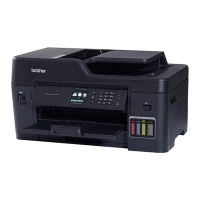
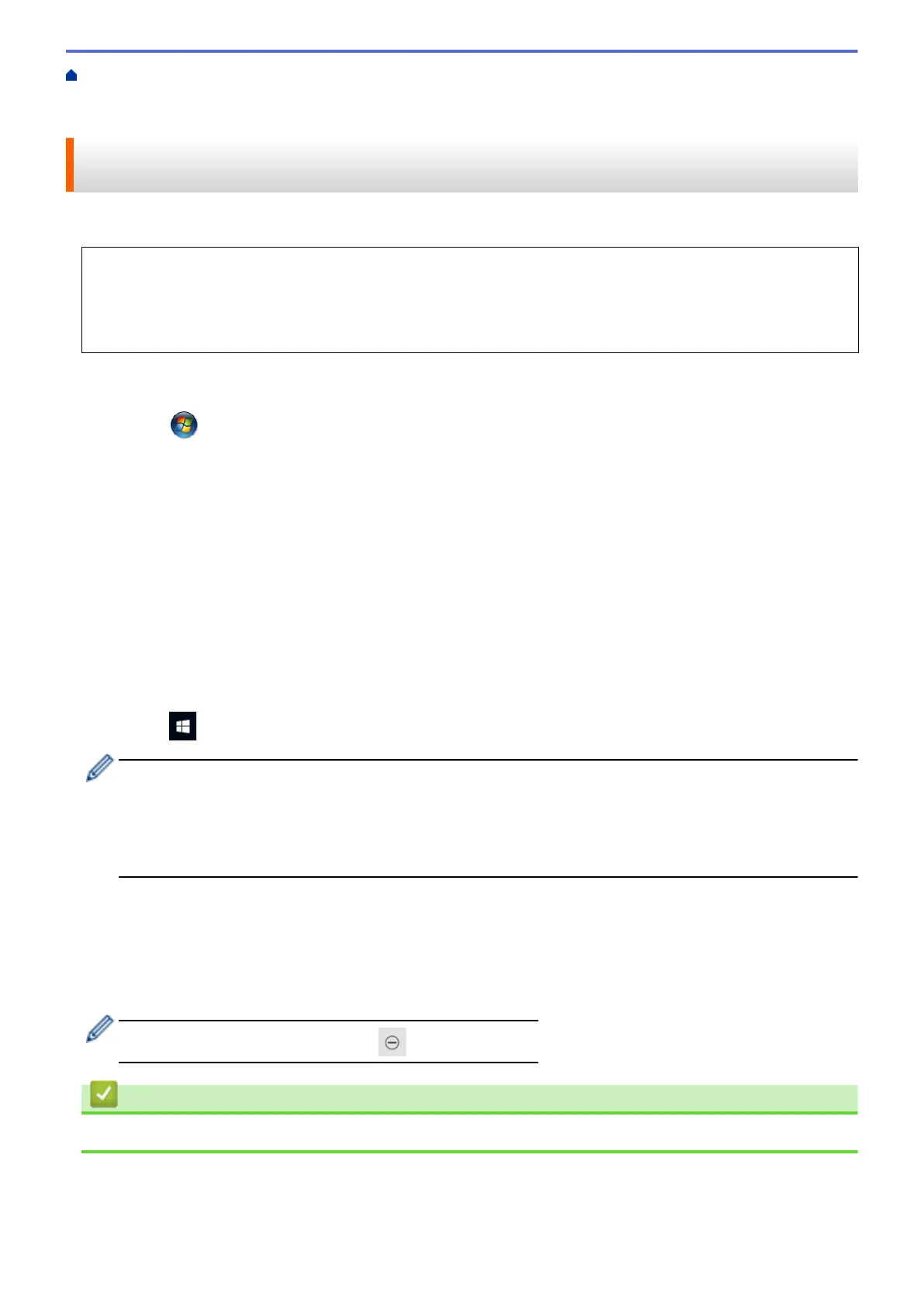